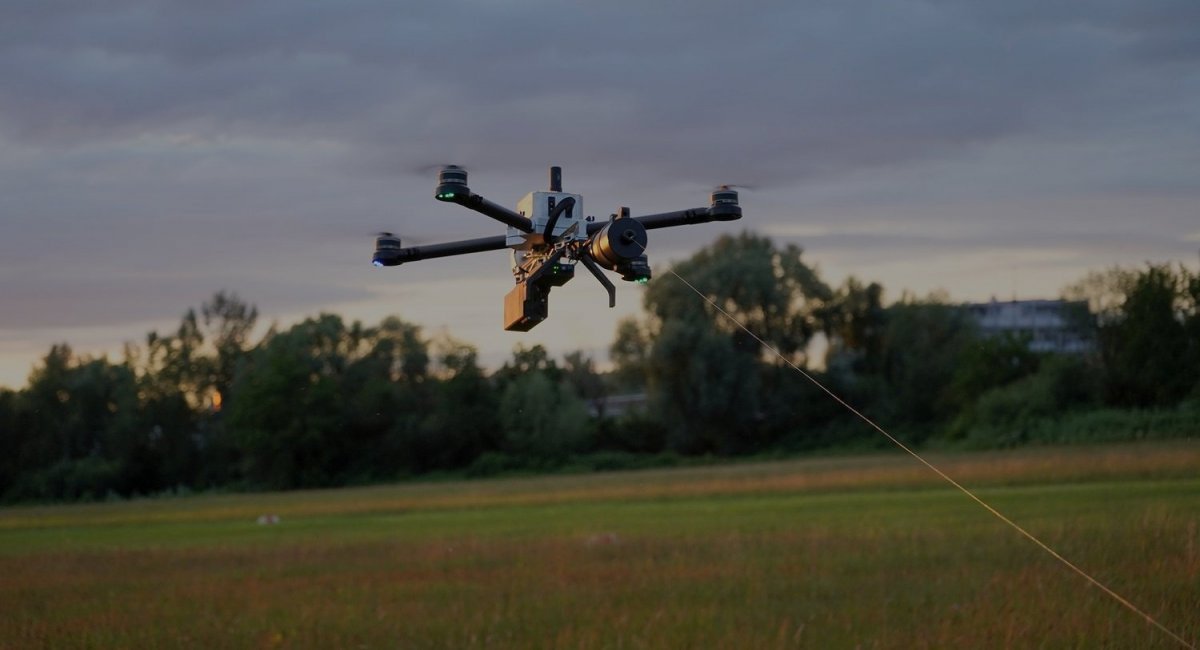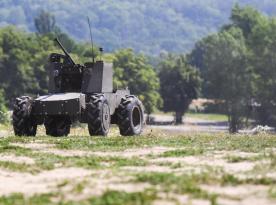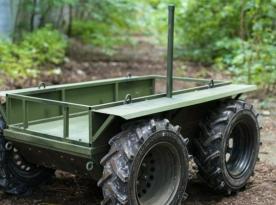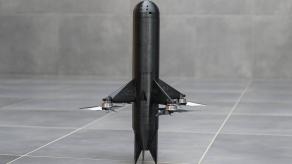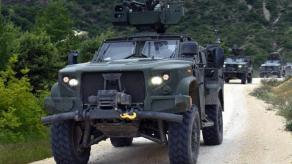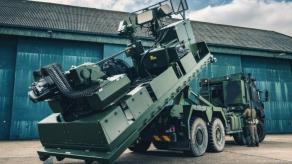The General Staff of the Armed Forces of Ukraine announced the successful completion of a testing phase for Ukrainian fiber-optic drones, paving the way for mass deliveries under state orders. These drones, equipped with fiber-optic connections, are capable of bypassing electronic warfare systems while maintaining a robust signal.
The announcement highlighted several developments, including the Black Widow Web 10 unmanned aircraft system, which has already completed the codification process. This drone can cover distances of up to 5 km while carrying a 2-kg payload. It has received a NATO code for a complete lineup of UAV solutions.
Read more: Ukrainian Tryzub Combat Laser Hits Aircraft at 2 km Range
Regarding this drone, Ukraine’s Ministry of Defense had already confirmed in September its codification and approval for deployment. The Black Widow was described as reusable and effective for both daytime and nighttime operations, particularly as a bomber. Its use as a kamikaze drone was noted as optional.
Images released at the time showed the Black Widow as a radio-controlled drone. However, drone developers typically offer a wide range of products, and the name Black Widow is common enough to be used by different manufacturers.
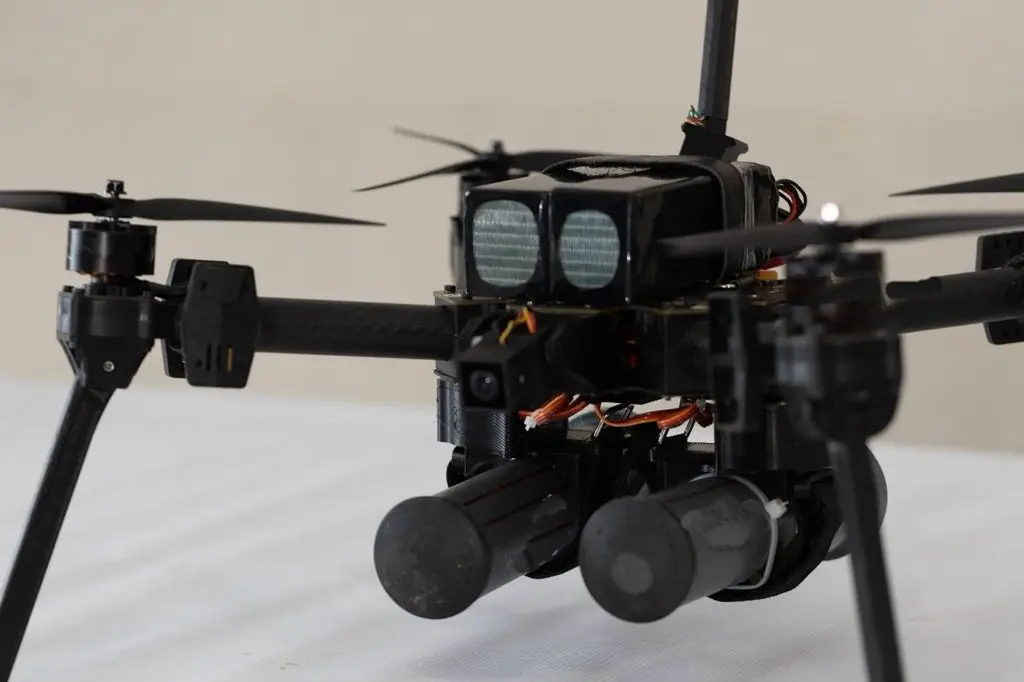
The ongoing codification of Ukrainian fiber-optic drones is a highly positive development. Notably, early prototypes of domestic fiber-optic drones were reported as early as March 2024, with testing conducted during the summer of 2023, according to video evidence.
Meanwhile, russia began deploying fiber-optic drones in the spring of 2024. Since then, they have scaled up production and achieved considerable battlefield success. Unfortunately, Ukraine has objectively paid less attention to this area, likely due to debates on whether such drones represent a dead-end, a temporary solution, or a breakthrough technology.
In contrast, russia’s vast resources allow it to fund a broad range of projects, understanding that many will fail while a select few may succeed. This approach enables them to pursue technological advances aggressively, despite inherent risks.
Read more: US Found Drone Development Blunders Fixed Thanks to Ukraine's Experience




